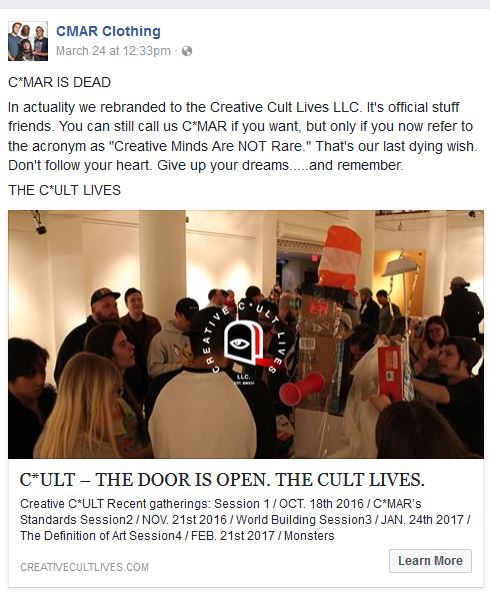Via Artsjournal.com is a thought-provoking essay about artistic performance on Aeon. Dancer Barbara Gail Montero posits that a true expert performer doesn’t surrender to “the flow,” but only appears to do so while mindfully evaluating what they are doing. When you become experienced and realize just how much you don’t know, what was a mindlessly simple introductory exercise becomes the subject of close scrutiny toward improvement.
Carl Bereiter and Marlene Scardamalia found that ‘the paragons of effortless performance were fifth-graders who, given a simple topic, would start writing in seconds and would produce copy as fast as their little fingers could move the pencil.’
Those fifth-graders are in flow. The young tennis player’s game is fun, and the child’s tendu is easy. It’s the experts’ technique that becomes difficult; not to the outside world, but to themselves. Just as in Plato’s dialogue the Apology, where Socrates is wise because he knows he is ignorant, it’s the capacity to recognise where there’s room for improvement that leads us to the highest levels of human achievement. In other words, the idea that expert actions are in a placid state of flow – a state in which things seem to fall into place on their own – is a myth.
Throughout her piece, she cites a number of artists and athletes whose example attest to the idea that they aren’t transitioning into a sublime spiritual world when they perform, it only appears so. For example violinist Arnold Steinhardt writes how,
Even when he’s practised innumerable times, the playing doesn’t happen on its own. That’s not to say that he can’t ‘slip into the music’s spiritual realm’, as he puts it. But this realm is also his ‘work area’, in which the members of his quartet ‘expend a significant amount of energy slaving over [their] individual instruments’. However sublime the quartet’s performances, they are not handed down from above.
She says one of the reasons why the myth of entering the flow persists is because the effort is invisible to the outside observer. She suggests that the general desire for an easy path to excellence might also motivate this perception.
Perhaps flow draws us in because we generally dislike hard work. Numerous self-help books turn on this tendency, suggesting that instead of buckling down to a lifetime of toil, you can reach great heights by simply letting go of the thought, the effort, the trying. But I suspect the popularity of these books springs from the same source as the vogue for fad diets..It’s not that they work, but they are easy to follow.
Now if you are skeptical about her basic thesis, you aren’t alone. The commenters on the piece varied in degree in their agreement or opposition to Montero’s ideas. Personally, I thought much of what she described as happening during a performance more as a focus on intentional practice rather than performance. One of the commenters, Ian Dyball, a Ph.D. student in the field of performance consciousness suggested something similar.
“Barbara, in my opinion, you confuse the notions of practice and performance. If a performer is noticing mistakes, he or she is not fully engaged in performance but is also, at that moment, practising…If a question or an analysis takes place it is a distraction to the performing artist and, potentially, to the performance. It is, to a degree, practising. The questioning mind (the person) is not in a state of flow despite the fact that the action itself may be being achieved unconsciously; as a habit programmed by, ultimately imperfect (if the thought is correct), practice.”
In her reply, Montero, does concede that she is blurring the distinction between performance and practice and that there may be people who are not engaging in self-analysis when they perform. Her experience may not be the experience of all performers. (I suspect she may not have written the headline, by the way.)
While I do question some of her assertions about what true performers are doing, I think the idea is worth some extensive thought. I have written frequently about how the myth of inspiration and talent can cause people to think there is a magic ability you either have or don’t have. Or it can be lost and only regained through luck.
While Montero’s article goes in the other direction by suggesting every moment must be examined for a path to improvement without room for a little surrender, I think it is valuable for its emphasis on the work that is involved. In many ways, it respects artists for seeking opportunities for improvement in the most fundamental exercises of their training. What might appear to be disposable activities to keep novices busy and out of the way are acknowledged to be the building blocks for the entire discipline.
These ideas aren’t just important for the arts community to consider about how they approach their own practice, but I think it crucial to introduce some of these concepts when talking to people who doubt their own creativity.
Yes, everyone has the capacity to be creative. No, it isn’t a magic power that is granted or withdrawn by some impersonal force. Yes, excellence takes work, just like everything else.
